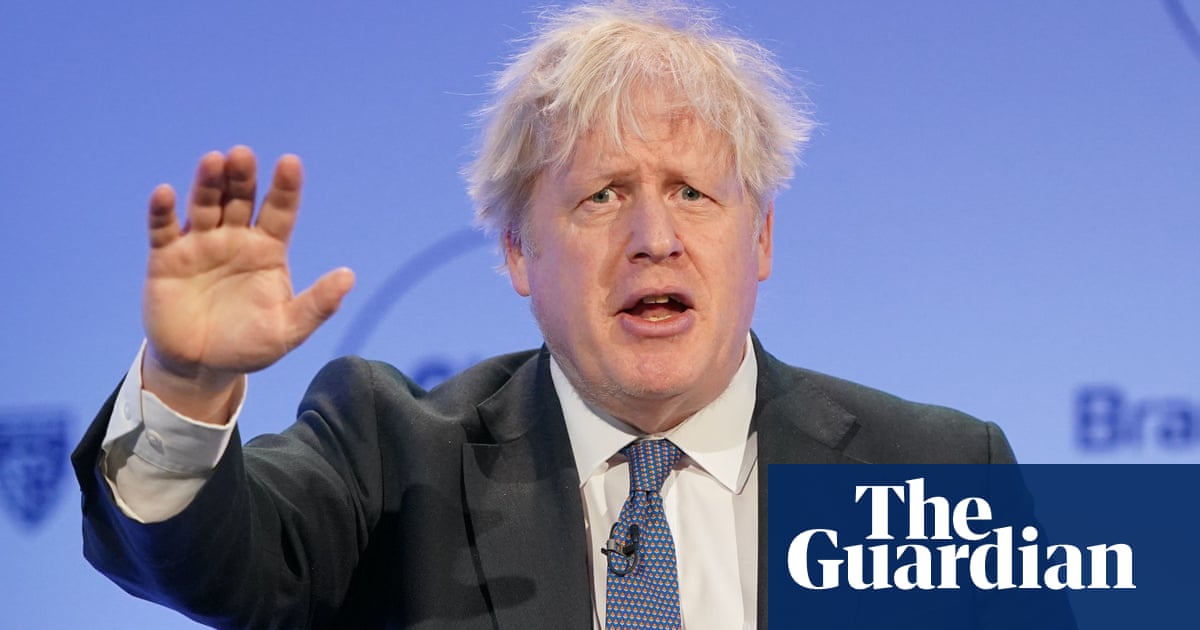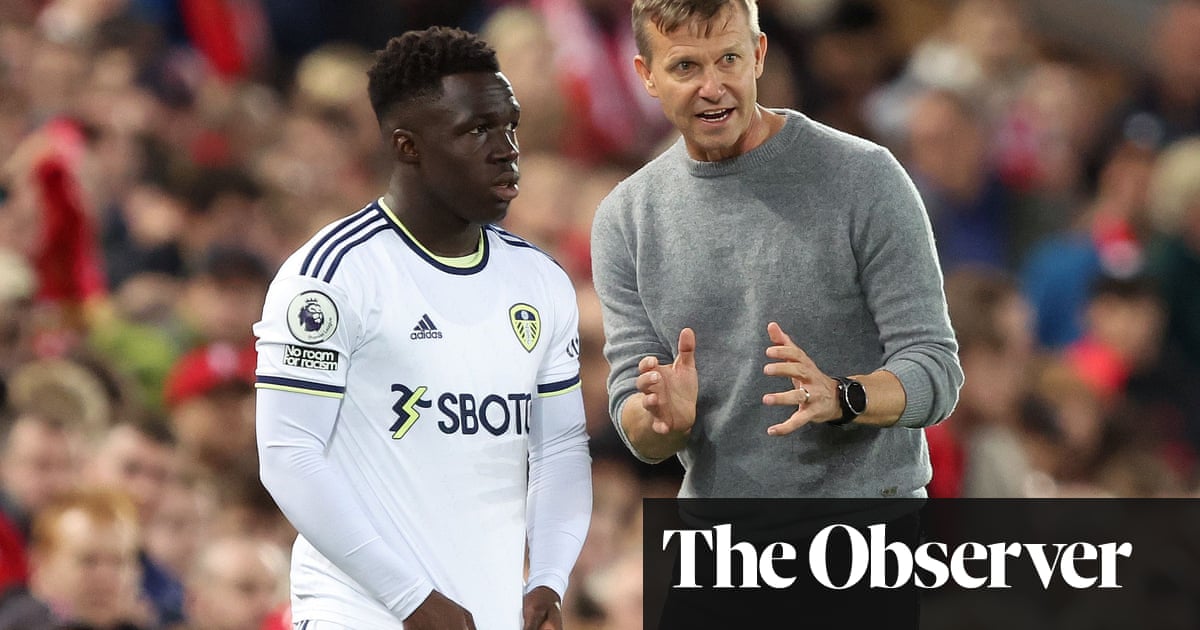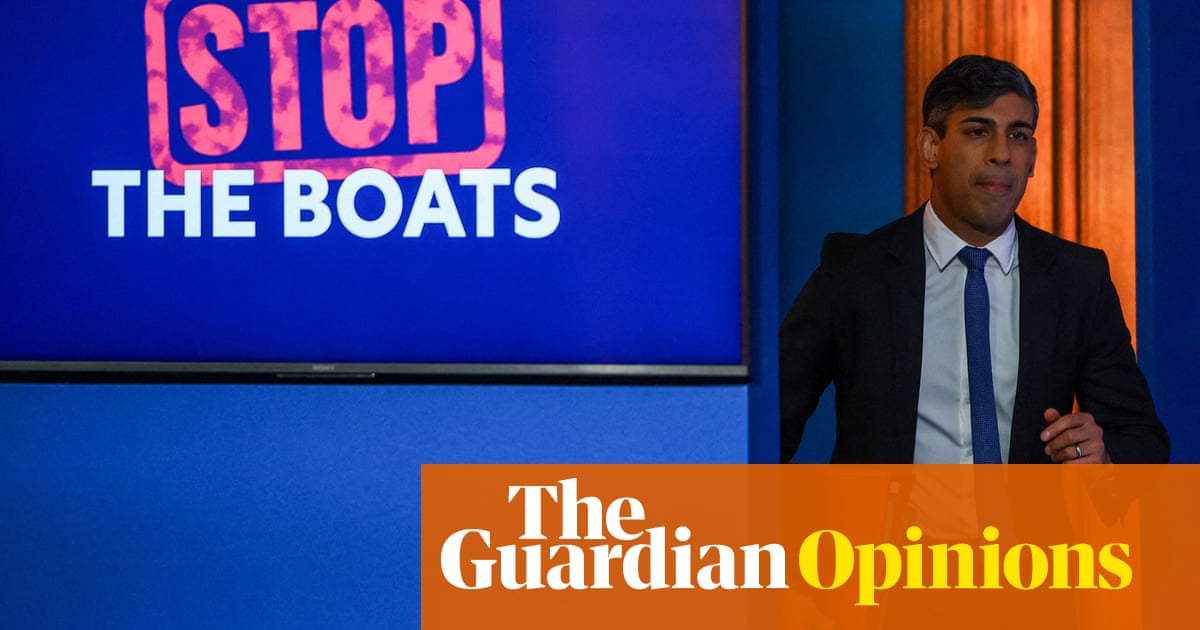
ow quickly can Britain’s economy rebound after the pandemic? Last week, the chancellor, Rishi Sunak set out an upbeat recovery vision, with a plan to get restaurants buzzing again. It was perhaps the swiftest gear change in years: just days earlier, restaurants in England were banned from opening. In Leicester, they remain closed. But from August the government will pay 50% of diners’ bills in an attempt to get them eating out.
This week the economic outlook is likely to be much less appetising. On Tuesday, the tax and spending watchdog, the Office for Budget Responsibility, will publish a report on the path ahead for Britain. It probably won’t make for uplifting reading.
In what could be the last major OBR report before Robert Chote steps down as chairman in October, it will offer three scenarios for the economy and the public finances over the medium term. The first will expand on the central scenario it published last April, including a sharp rebound in economic activity and no medium-term economic scarring. The second will look at activity recovering more slowly, and some future economic damage. The third will be even worse, forecasting a slower rebound and deeper scarring.
It is a racing certainty that Sunak will reach for the first option when it comes to talking up a recovery. He will appear before the Treasury select committee on Wednesday to give evidence about last week’s £30bn mini-budget. And there will be some good news for him to grasp.
In its April scenario, the OBR pencilled in a 35% plunge in GDP for the three months to June – the sharpest decline in history – before a relatively quick rebound. It foresaw unemployment rise by 2 million to hit 10% by June, before declining slowly.
Much of the news from the economy since then has been better than first feared. As noted by Andy Haldane, the Bank of England’s chief economist, retail sales indicators and business surveys show evidence of a rapid rebound. The recovery is “so far, so V,” he said, referring to the shape rapid rebounds make on a graph.
Unemployment has started rising, but at nowhere near the rate anticipated by the OBR, thanks to more than 9 million jobs being furloughed at over a million companies.
But it’s worth remembering that in May the chancellor himself downplayed the chance of a V-shaped rebound. And evidence is mounting that Britain’s economic recovery can only go so far while coronavirus remains a risk to public health.
Far from V-shaped, the rebound looks more like the second peak on the Big One at Blackpool Pleasure Beach – nowhere near as high as the first. According to retail data firm Springboard, footfall on high streets remains at half last year’s levels, even after the reopening of non-essential shops, pubs and restaurants.
Much will depend on whether job losses begin to mount later this year as the furlough scheme winds down – and on whether Covid-19 infections rise as winter draws near.
Sunak made a big gamble last week that his measures could dissuade firms from making redundancies. But the Institute for Fiscal Studies called many of his policies badly targeted and poorly timed. And a day later, Boots and John Lewis announced plans to cut 5,300 jobs.
On the menu of options to be presented by the OBR this week, the slower recovery scenario seems, worryingly, the most probable.












